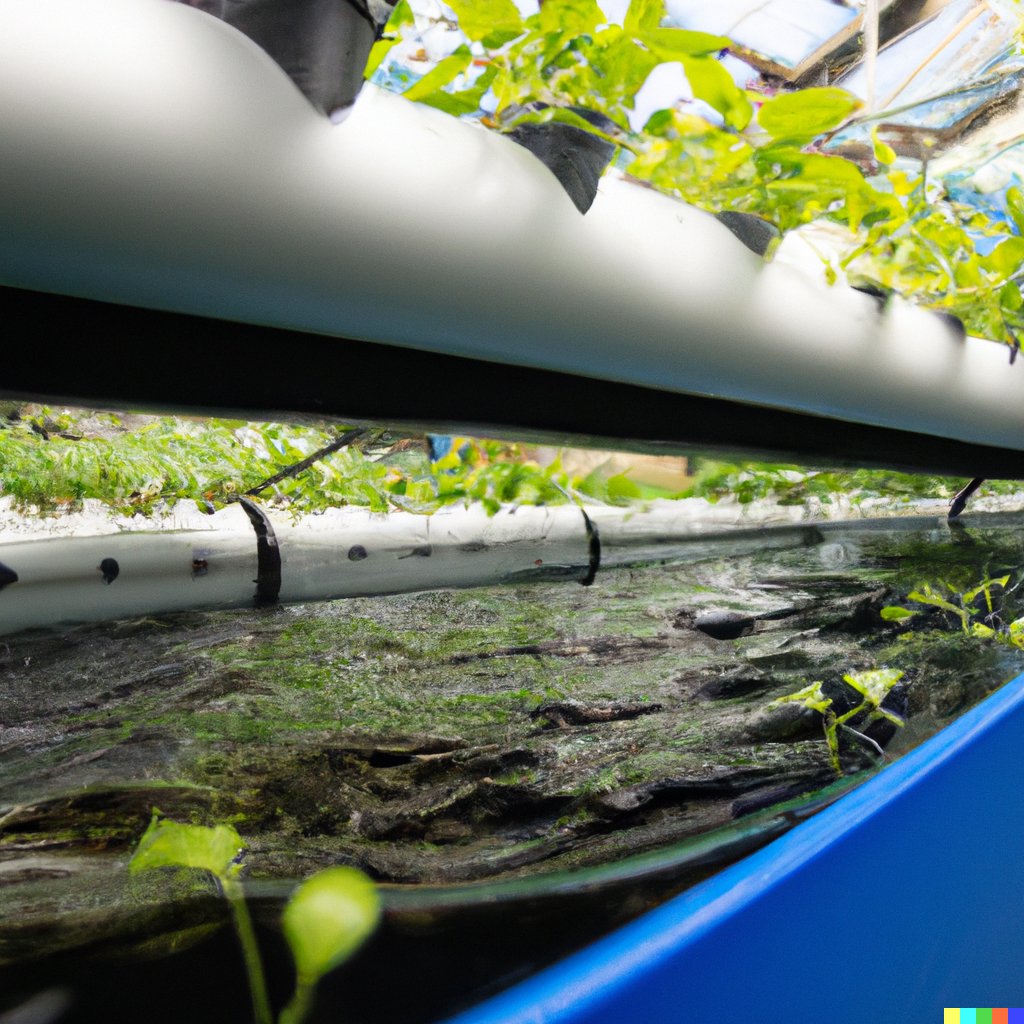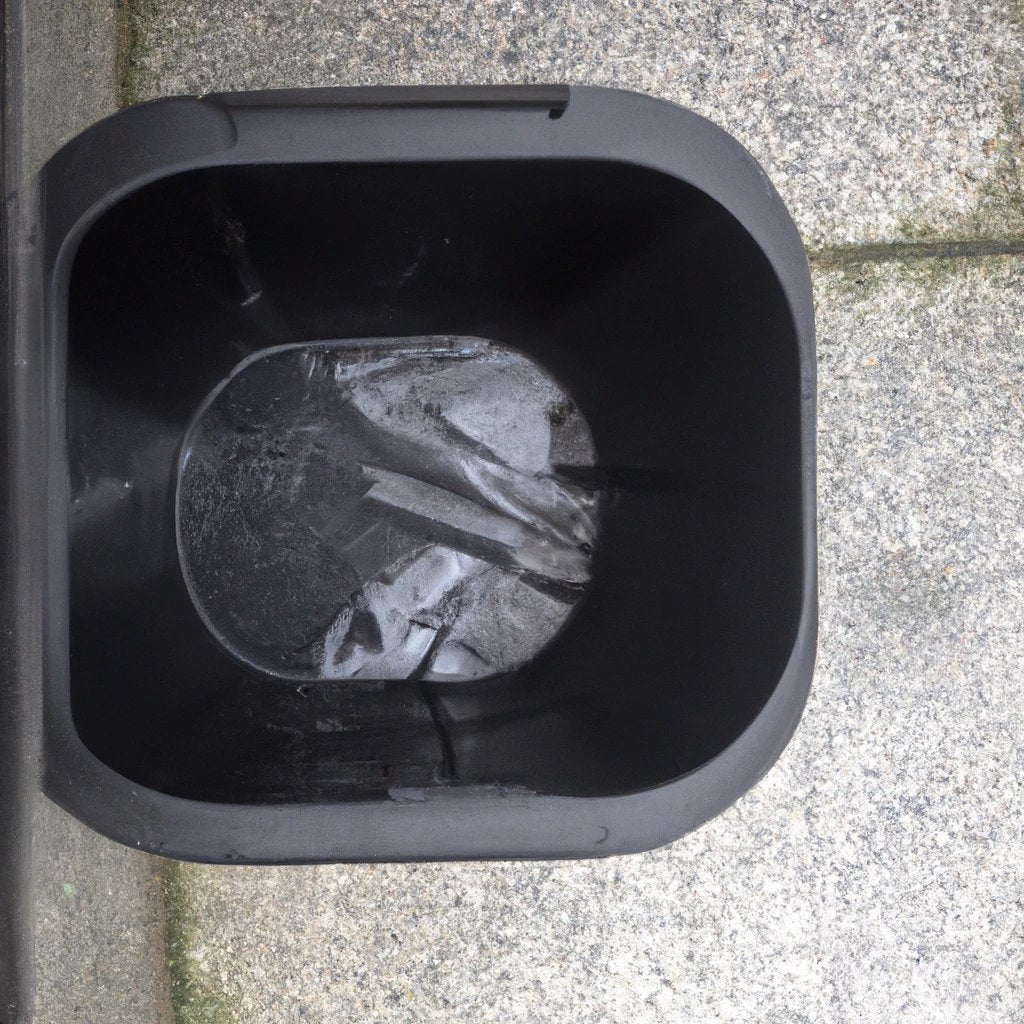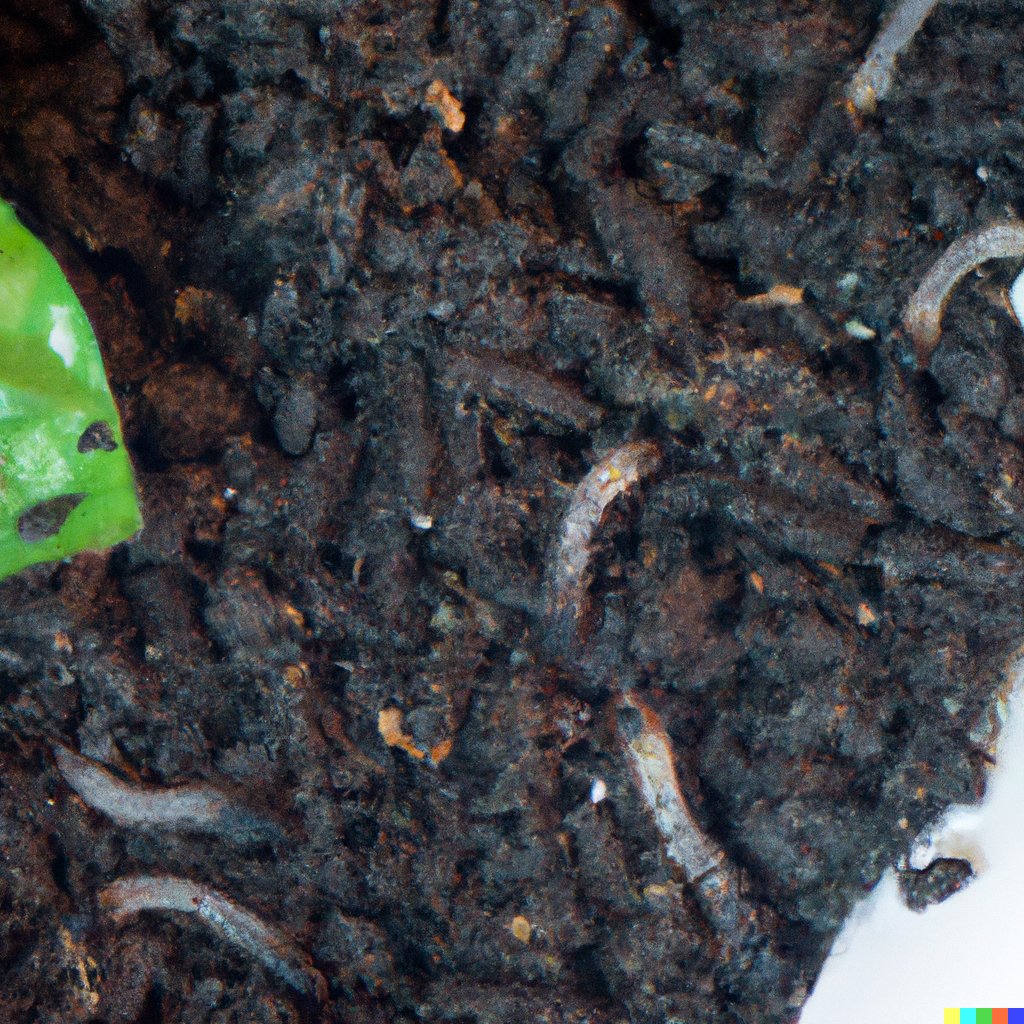
Welcome to the world of circular economy! Are you concerned about the impact of your daily actions on the environment? You're not alone. With the rise of global warming and climate change, there's a growing need for sustainable practices in our everyday lives. In this article, we'll explore simple yet impactful ways to incorporate circular economy principles into our homes, helping you reduce waste and contribute to a greener future. Ready to make a difference? Let's get started!
Introduction to Circular Economy
Resource management and waste minimization are key to a circular economy. By reusing and encouraging eco-friendly living, we can create an economically sustainable and environmentally friendly lifestyle. These sustainable practices will reduce our ecological footprint and help the planet. Here are some tips for incorporating these principles into everyday life.
Minimizing waste is essential. We must be aware of our consumption habits and use products with minimal packaging. Recycling or repurposing items whenever possible is a great way to conserve resources and avoid new materials extraction or manufacture.
Focus on prolonging product lifespan. Repair or repurpose items instead of discarding them. This encourages us to make full use of what we have, instead of constantly buying new stuff.
Embrace reuse culture. Instead of throwing items after one use, find creative ways to give them a second life. Upcycling old furniture or clothing saves waste and adds a unique touch. Investing in pre-owned products can also save money and the environment.
Sustainable living is connected to resource management. Simple changes like using energy-efficient appliances, taking public transport, and investing in reusable items can make a difference. These adjustments may take time but they will benefit us and the planet in the long run.
Reduce, Reuse, Recycle Principle
The Sustainable Principle of Conservation, Reuse, and Material Recovery involves efficiently utilizing resources to reduce consumption. Reusable items should also be promoted to decrease waste. Strategies to reduce plastic waste should be implemented. Recycling practices should be encouraged for effective resource management. Sustainable purchases should be made to support a circular economy. Eco-friendly habits should be incorporated into everyday living.
At home, consumption minimization, recycling, and reuse should be promoted. Sustainable purchases should be embraced to contribute to a greener future. Remember: before tossing broken items, they can be transformed with a bit of duct tape and creativity!
According to the World Economic Forum, 8 million metric tons of plastic enter the ocean every year.
Repair and Repurpose at Home
Instead of disposing of broken or damaged items, maintain and repair them. Get creative and give old items a new purpose. Prolong the lifespan of your belongings by doing regular maintenance. Learn basic DIY skills to fix simple issues with household things. Support local businesses that specialize in repairing and refurbishing various products. Donate or sell items that you don't need anymore, so they can find a new home instead of a landfill.
To reduce waste and contribute to a circular economy, practice repair and repurposing at home. Fixing and repurposing items saves money and lowers your carbon footprint. Rather than buying new stuff, make the most of what you already have. Before throwing away an item, think about how it can be repaired or repurposed. Sustainable practices benefit the environment and add a unique touch to your home decor. Even turn your food waste into black gold and show off your backyard alchemy skills.
Home Composting Practices
Home Composting Techniques:
| Technique | Details |
|---|---|
| Vermicomposting | Use red worms to break down organic waste in a controlled environment. |
| Trench composting | Bury kitchen scraps and yard waste directly into the soil. |
| Green cone composting | Utilize solar heat to decompose organic waste with the help of microorganisms. |
| Bokashi composting | Ferment kitchen scraps in an airtight container using beneficial microorganisms. |
Considerations for Home Composting Practices:
Traditional composting methods include recycling of yard waste and kitchen scraps. But, there are some unique techniques too! For example, vermicomposting uses red worms to break down organic waste quickly and efficiently. Another option is trench composting, where you bury materials in garden beds or designated holes. Green cone composting relies on solar heat and microorganisms to decompose organic matter, making it suitable for smaller areas or colder climates. Also, bokashi composting ferments kitchen scraps using beneficial microorganisms in an airtight container and creates nutrient-dense liquid fertilizer.
Pro Tip:
For successful home composting, a mix of green (nitrogen-rich) and brown (carbon-rich) components is essential. This balance creates an ideal environment for decomposition and leads to healthier soil, perfect for sustainable gardening. Who needs a time machine when you can buy second-hand products and bring the past into your present, in a sustainable way!
Buying Second-Hand Products
Shopping Pre-Owned Goods - an Eco-Friendly Choice!
Opting for second-hand items is a sustainable practice that supports the environment. Here are some top points to think about when thrift shopping:
- Extend Product Lifespan: Buying second-hand items gives them a new lease of life and stops them going to landfill.
- Reduce Resource Demand: Choosing pre-owned items reduces the need for new resources used for making new products.
- Cost-saving Option: Thrift shops offer great value alternatives to buying brand-new products.
- Eco-friendly Purchases: Purchasing pre-owned goods lowers our carbon footprint as less energy and emissions are used.
- Varied Selection: Thrift shops provide a special range of products, including vintage or one-of-a-kind items.
Though thrift shopping has its advantages, in some cases we must purchase new items to meet specific safety or functionality needs. But, by incorporating thrift shopping into our lifestyle, we can benefit both the environment and our wallets. Supporting sustainable brands is like being a superhero - reusable shopping bags in place of a cape!
Supporting Sustainable Brands
Sarah wanted to be a conscious consumer while redecorating her home. She searched for eco-friendly companies. She found a local brand that made furniture from reclaimed wood and used non-toxic finishes.
She was inspired by their commitment to sustainability and craftsmanship. So, she supported them by buying several pieces for her living room. Sarah showed that individuals can make an impact by choosing brands that match their values and embracing conscious consumerism.
Who needs a ladder when you have such amazing neighbors who keep borrowing it?
Sharing and Borrowing Community Resources
Semantic NLP Variation of the Resource sharing is a sustainable practice. Platforms and tool libraries can help reduce waste and foster community collaboration. Here are some examples of sharing and borrowing community resources:
| Community Resource Sharing Examples | Efficiency | Benefits |
|---|---|---|
| Tool Libraries | High | Accessible tools |
| Carpooling | Moderate | Reduced emissions |
| Sharing Economy Platforms | Varied | Economic benefits |
These practices not only save money, but also promote communal use of resources while reducing environmental impact. Additionally, it strengthens community bonds while working towards a more sustainable lifestyle.
The Ellen MacArthur Foundation states that implementing circular economy principles could save businesses $1 trillion annually by 2025. So, remember to turn off the lights when you leave a room! It's not only great for energy-saving, but gives your house a thrilling, haunted look too.
Energy Efficiency at Home
Conserve Energy at Home!
- Grow food with the sun.
- Get energy-saving appliances.
- Use LED lighting.
- Install programmable thermostats.
These practices can help households reduce energy use and contribute to a brighter future. Fun fact: LED lights use 75% less energy than traditional incandescent bulbs and last 25 times longer! And if you're looking to save even more water, try timing your baths with a stopwatch - see if you can beat Usain Bolt's record!
Water Conservation Techniques
Water Saving Techniques:
Learn effective strategies for conserving water at home for sustainable living.
| Water Usage (per person per day) | Target | Achieved |
|---|---|---|
| Indoor Train | <50 gallons | 40 gallons |
| Outdoor | <5 gallons | 3 gallons |
Additional Tips: Leak repairs, low-flow installations, rainwater collection, and mindful water use can help save water.
Make a Difference: Reduce water consumption to make a positive impact. Who needs a garbage can when you can transform your living room into a landfill and live a zero waste lifestyle?
Adopting a Zero Waste Lifestyle
To live a Zero Waste Lifestyle, individuals can:
- Use reusable bags and containers when shopping.
- Make homemade cleaning products or cosmetics.
- Compost food scraps to make nutrient-rich soil.
- Buy quality items with longer lifespans.
- Shop local with minimal packaging.
Unique options include shampoo bars or toothpaste tablets. These have little packaging and are eco-friendly. Join community-based zero-waste initiatives to network with like-minded people and learn from their experiences. Bea Johnson popularized the term "Zero Waste Home" in the early 2000s. Social media platforms are full of individuals sharing their Zero Waste Lifestyle experiences. As the environmental impact of wasteful habits is better understood, more people are motivated to reduce their waste. Join the circular economy and become an eco-warrior from home. Saving the planet can be done without leaving the couch!
Educational and Advocacy Role
Fostering circular economy awareness and promoting sustainability is vital. To do this, we must educate communities, support local initiatives, and advocate for eco-friendly policies.
Community Education:
Raising awareness about sustainable practices.
Local Initiatives:
Supporting eco-friendly projects in the community.
Policy Promotion:
Advocating for legislation that encourages environmentally conscious actions.
Inspiring Story:
A group of passionate people organized community workshops to educate residents about recycling and waste management strategies. This brought the community together and improved waste disposal practices! All the while, our washing machines at home remain confused about where all the socks go!
Understanding Circular Economy and Its Home Application
The Principles of Circular Economy and Its Application in Daily Life
Circular economy focuses on cutting waste and using resources sustainably. Adopting eco-friendly practices at home is key for creating a healthier environment. We can reduce waste by recycling, composting, and reusing items. Moreover, switching to renewable energy sources helps reduce our carbon footprint.
It's important to be aware of the products we buy and choose those made of recycled or sustainable materials. Also, repairing broken items instead of replacing them saves money and reduces waste.
Jane's household is a great example of circular economy at home. She composts food scraps and uses it to fertilize her garden, creating a closed-loop system. Jane also takes part in local recycling programs and teaches her family about sustainability.
By following the principles of circular economy in our homes, we can foster a sustainable future. We do this by practicing eco-friendly habits and contributing to waste reduction and responsible resource use.
Effective Home Recycling
Recycling is an important part of making a sustainable future. Effective recycling practices at home can help reduce waste and protect the environment. Sorting recyclables, joining local programs, and avoiding contamination are key to increasing efficiency.
See the table below for materials that can be recycled:
| Material | Recyclable or Not? |
|---|---|
| Paper | Yes |
| Plastic | Check local guidelines |
| Glass | Yes |
| Metal | Yes |
| Electronic waste | Check local guidelines |
It's important to understand what is recyclable in your area and follow the guidelines. This helps reduce contamination and make the most of recycling.
There are other ways to help reduce waste too. Cut down on packaging by buying in bulk and use reusable containers. Donate usable items instead of throwing them away. Doing this is one step closer to a greener future.
The EPA reports that 75% of our waste is recyclable, but only 30% gets recycled. To increase this number, people need to use effective recycling practices at home. Plus, turn your food waste into 'black gold' and compost to get the most out of your garden.
Benefits of Home Composting
Living sustainably involves adopting practices that minimize environmental impact. One such practice is home composting, which has many benefits.
- It reduces landfill waste by keeping organic waste out.
- Composting at home produces nutrient-rich soil which can be used to nourish plants.
- Individuals can manage their own waste, reducing the need for energy-intensive waste processing.
- Compost enhances soil quality and improves the health of flowers and plants in gardens.
- It promotes sustainability and environmental awareness within communities.
Also, home composting allows individuals to gain first-hand knowledge about managing organic waste. The EPA research shows that 30% of household waste can be composted instead of filling landfills.
Circular Economy Shopping Habits
Recycling and Sustainable Consumption Patterns
- Choose recycled material products for eco-conscious shopping.
- Select durable goods that can be repaired or reused, cutting waste.
- Follow responsible brands that prioritize sustainability in production.
Besides circular economy shopping, a holistic approach to sustainable consumer behavior is a must. This means considering environmental impact of our choices, beyond products we buy.
For example, Sarah wanted to replace her old phone. Rather than buying the latest model, she researched and found a brand with ethically sourced materials and a take-back program for recycling old devices. Sarah's responsible choice not only reduced e-waste, but supported a brand that matches her sustainability values.
What is the circular economy and how does it relate to sustainable living at home?
The circular economy is an economic system that aims to reduce waste and promote the continual use of resources by designing products, materials, and systems to be reused, refurbished, or recycled. It relates to sustainable living at home by encouraging individuals to adopt sustainable practices such as reducing, reusing, and recycling materials in their daily lives.
What are some simple sustainable practices I can implement in my everyday life at home?
There are several simple sustainable practices you can implement at home, including reducing your energy and water consumption, composting food waste, choosing reusable products over disposable ones, and purchasing secondhand items instead of new ones.
How can I incorporate the circular economy into my household's waste management system?
One way to incorporate the circular economy into your household's waste management system is by following the principles of reduce, reuse, and recycle. This can include reducing the amount of waste you produce, reusing items instead of throwing them away, and properly recycling materials to keep them in circulation. You can also consider composting food waste to create nutrient-rich soil for your garden.
What are some benefits of practicing the circular economy at home?
Practicing the circular economy at home can have numerous benefits, such as reducing waste and pollution, conserving natural resources, and saving money. It can also promote a more sustainable and eco-friendly lifestyle, leading to a healthier planet for future generations.
Are there any drawbacks to implementing circular economy practices at home?
One potential drawback of implementing circular economy practices at home is the initial cost or effort required to make changes. For example, purchasing reusable products may be more expensive upfront, or composting may require some time and effort. However, these investments can lead to long-term savings and benefits for both the individual and the environment.
How can I educate my family and friends about the circular economy and sustainable living at home?
You can educate your family and friends about the circular economy and sustainable living at home by leading by example and sharing your knowledge and experiences with them. You can also encourage them to make small changes in their own lives and have open discussions about the importance of sustainability. Additionally, you can share educational resources, such as articles and videos, to help them learn more about the topic.
Conclusion
Embracing the circular economy at home involves adopting sustainable practices that reduce waste, extend the lifespan of products, and prioritize resource efficiency. By incorporating concepts like reducing, reusing, recycling, repairing, and composting into our daily routines, we can all contribute to creating a more sustainable and environmentally conscious future.














